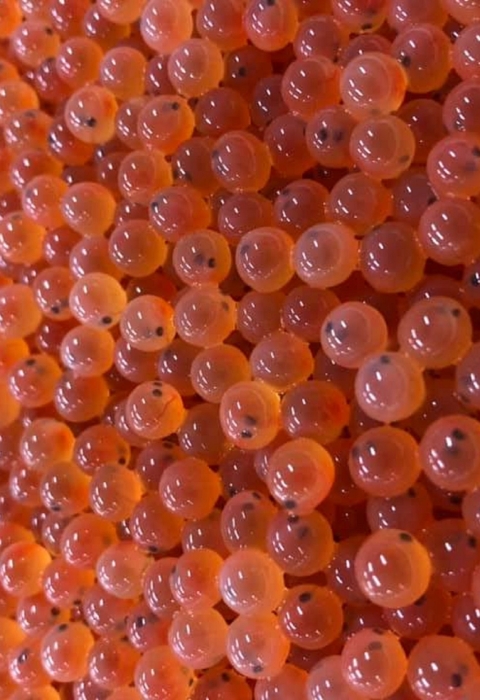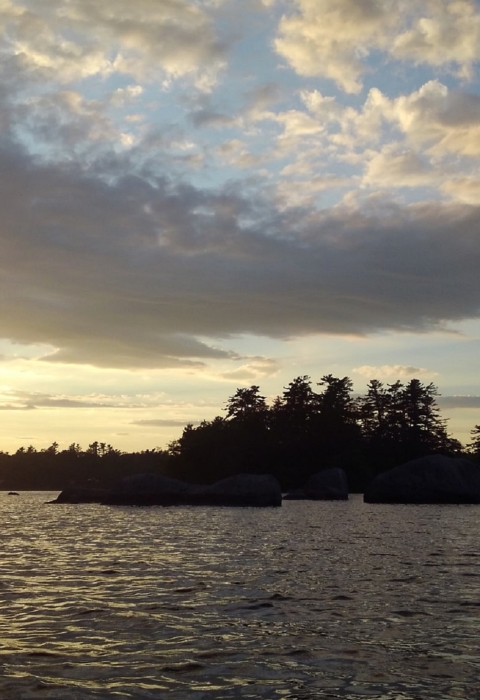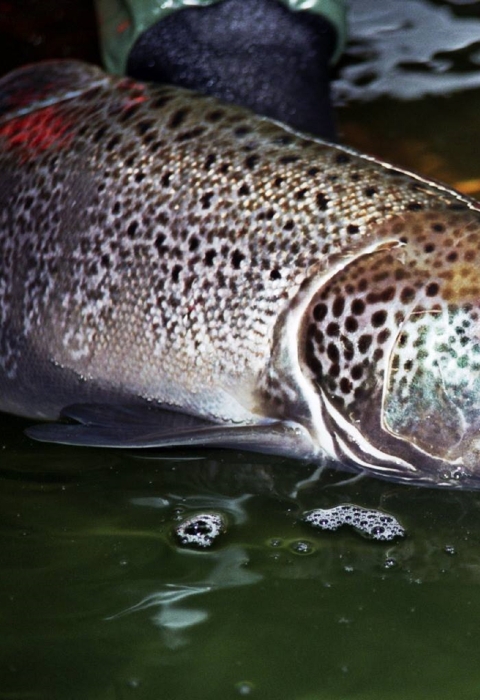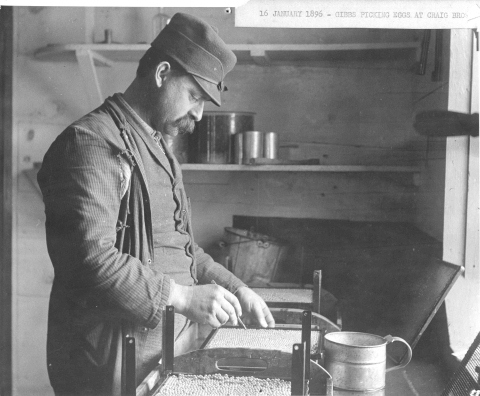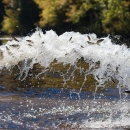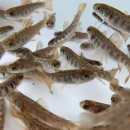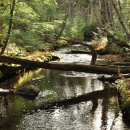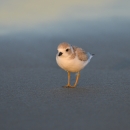About Us
Since 1871, the National Fish Hatchery system has been at work improving recreational fishing and restoring aquatic species that are in decline, at risk, and are important to the health of our aquatic systems. Across the country, the network of National Fish Hatcheries work with states and tribes to conserve, restore and enhance the fish and aquatic resources of America for future generations.
Craig Brook National Fish Hatchery was established in 1889 to raise and stock juvenile Atlantic salmon for Maine waters, making it the second oldest federal fish hatchery station still operating today. Craig Brook NFH currently supports the last remaining natural populations of Atlantic salmon in the United States for seven river specific brood stocks.
Our Mission
Since 1871, National Fish Hatcheries have been applying science-based approaches to conservation challenges. We work with our partners and engage the public to conserve, restore, and enhance fish and other aquatic resources for the continuing benefit of the American people. Conservation is at the heart of what we do, and we recognize that we do this work for the American people–both the present generation who benefit today and future generations who will inherit our legacy of conserving America’s aquatic resources.
Craig Brook National Fish Hatchery functions to preserve the genetic integrity of seven river specific brood stocks of Atlantic salmon, as part of the broader effort to conserve and to recover the imperiled species for future generations.
Our History
Charles Atkins founded the Craig Brook NFH in 1889 after searching throughout Maine for the perfect location to raise Atlantic Salmon in an effort to stop the noticeable decline of the species. The site Atkins selected was a vacant mill located at the mouth of Craig’s Brook on Alamoosook Lake in mid-coast Maine. For over 100 years, Craig Brook NFH produced eggs and juveniles of various salmonid species, not only Atlantic salmon, to state agencies and private partners across the country. In 2000, wild and hatchery reared Atlantic salmon in eight of Maine's rivers were listed as endangered under the protection of the Endangered Species Act and would make that species the sole focus of the hatchery's mission. In 2019, the Recovery Plan for the Gulf of Maine Distinct Population Segment of Atlantic Salmon was completed with the goal of a sustainable wild population in 75 years. Craig Brook NFH currently strives in working together with partners to achieve that goal by preserving genetic integrity and by producing future generations of Atlantic salmon.
Other Facilities in this Complex
From the rocky shores and salt marshes along the Atlantic Ocean to the sweet freshwater shorelines of our lakes and rivers, across open uplands and peat lands to dense boreal forests, the Maine Fish and Wildlife Complex is devoted to restoring migratory fish and birds, restoring rivers and coastal beaches, improving fish passage fish passage
Fish passage is the ability of fish or other aquatic species to move freely throughout their life to find food, reproduce, and complete their natural migration cycles. Millions of barriers to fish passage across the country are fragmenting habitat and leading to species declines. The U.S. Fish and Wildlife Service's National Fish Passage Program is working to reconnect watersheds to benefit both wildlife and people.
Learn more about fish passage , and recovering endangered species.
The Maine Fish and Wildlife Service Complex is comprised of 5 offices, including three national fish hatcheries. Collectively, we conserve Maine’s unique fish and wildlife such as wood ducks and eagles, plovers and songbirds, cougar and lynx, brook trout, salmon and alewife.
Our mission is to work with others to conserve, protect and enhance fish, wildlife and plants and their habitats for the continuing benefit of the American people.
